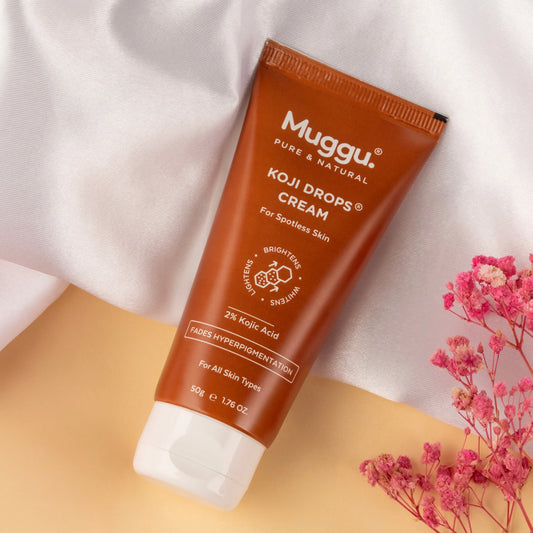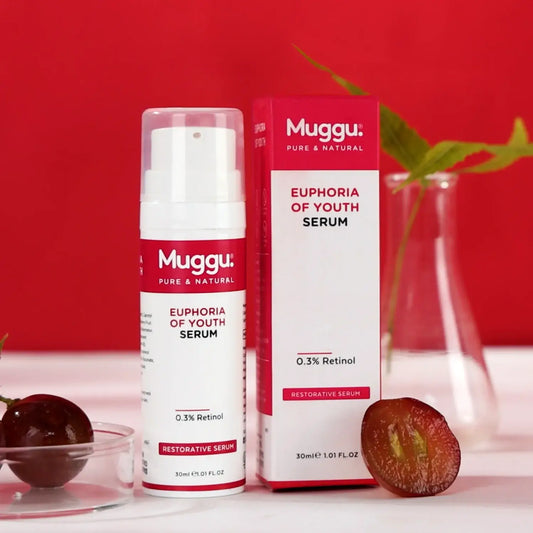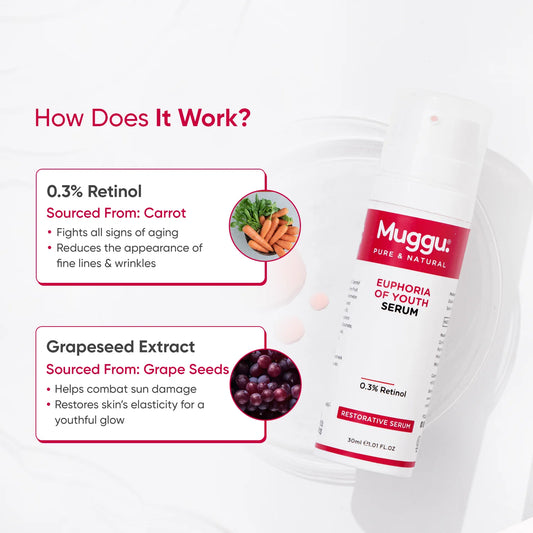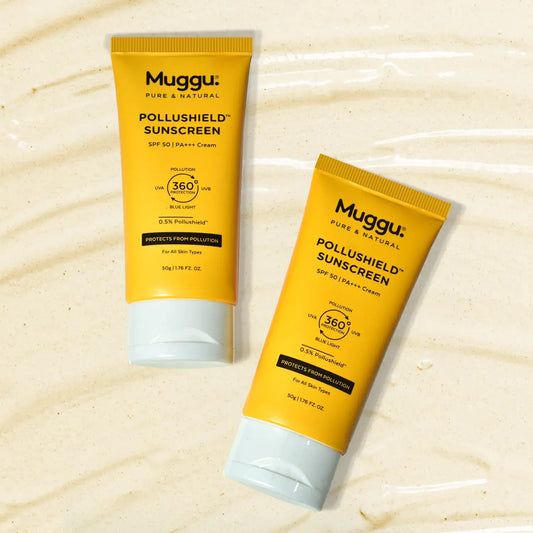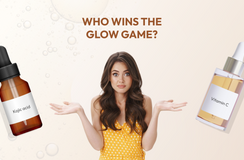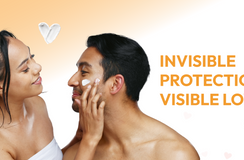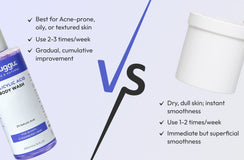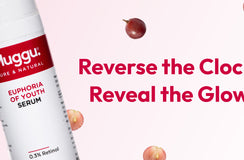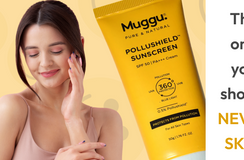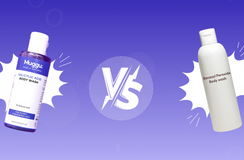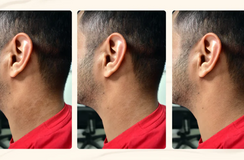Okay, let’s talk about one of the most frustrating skincare moments ever. You’ve done your full morning routine - cleansed, moisturized, maybe added a little glow serum, and finally, you apply your sunscreen. And then? Your whole face starts peeling like you're molting. Tiny flakes, weird little balls of product, and suddenly, it feels like all your effort was for nothing. Yep, that's pilling, and if it’s happened to you, you’re not alone.
The good news? It’s totally avoidable. Especially if you’re using a gel-based sunscreen, which already gives you a head start thanks to its lightweight texture. The secret is in how you layer your products. That’s it. Just a few small tweaks to your routine, and you’ll never have to deal with that dreaded pilling again.
What Is Pilling (and Why Does It Even Happen)?

Pilling is when your skincare or makeup starts to ball up or flake off your skin. It usually looks like you’re shedding tiny bits of product, and sometimes it feels like it too much. It’s most likely to happen when you layer multiple products that don’t blend well together, or when you're in a rush and don’t let things properly absorb before moving on to the next step.
Think of it like layering clothes. You wouldn’t throw on a silk shirt over a soaking wet tank top, right? The same logic applies here. If you apply your serum, moisturizer, and sunscreen too quickly, or use too much product, your skin can’t absorb it all. That’s when things start rolling off. And gel-based sunscreens, while lighter and easier to work with, can still pill if the products underneath them are too heavy or not fully set.
The Right Way to Layer a Gel-Based Sunscreen
Let’s go through a simple step-by-step routine that works well with gel-based sunscreen and helps avoid pilling altogether.
1. Start with a Clean Face
Always begin with a gentle cleanse. This gets rid of any leftover makeup, oil, or grime from the night before. A clean face gives your products the best chance to sink in and actually do what they’re meant to do. If your skin’s still coated with last night’s serum or hasn’t been cleansed properly, your sunscreen will have to fight through all that residue, and that often leads to pilling.
If your skin tends to get oily in the morning, skip the creamy cleansers and go for a gel or foaming face wash instead. It doesn’t need to strip your skin, just enough to leave it fresh and prepped for the day ahead.
2. Go Light on Serums
If you like using serums in the morning (vitamin C, hyaluronic acid, niacinamide, whatever your pick is), that’s totally fine. But try not to overdo it. One or two light, water-based serums are usually enough. The trick is to apply them in thin layers and wait a bit, say, 30 to 60 seconds, before moving on to the next step. This gives them a chance to absorb instead of sitting on top of your skin and getting in the way.
Tip: If a serum feels sticky or tacky after you apply it, give it a little extra time to dry. Sticky layers are often the ones that clash with your sunscreen and lead to those pesky flakes.
3. Use a Lightweight Moisturizer
Now, this is where many people go a bit too heavy. If your moisturizer is rich, oily, or silicone-heavy, it might not play well with your sunscreen. That’s why a light gel or lotion-based moisturizer is your best bet, especially if you're already using a gel sunscreen.
Apply a thin, even layer and gently massage it in. Don’t rush. Give it a full minute to settle. If your skin still feels a bit sticky or wet after that, wait another minute. Your sunscreen is going to sit on top of this, so you want your base to feel dry-ish but still hydrated.
Also worth noting: if you’ve got oily or combination skin and your sunscreen is hydrating enough, you might even be able to skip moisturizer altogether on some days.
4. Time for Gel-Based Sunscreen
Now for the star of your routine. Gel-based sunscreens are great because they feel super light, absorb quickly, and don’t leave a greasy film. But even the best sunscreen can pill if it’s layered over products that haven’t fully absorbed or are too thick.
Take about two fingers’ length of sunscreen (yes, really, you need more than you think) and gently press or pat it into your skin. Try not to rub too hard or too fast. Just pat it in and let it melt into your skin. Once you’re done, give it a few minutes to settle before putting anything else on top.
Planning to Wear Makeup After?

If makeup’s part of your morning routine, this step is important. Wait at least 5 minutes after your sunscreen before you start applying your base. If you go in too soon with foundation or concealer, you might end up rubbing the sunscreen off, or worse, dragging it around and causing pilling.
Some gel sunscreens are matte enough that you can skip primer, but if you do use one, choose a lightweight, hydrating formula. Avoid anything too thick or silicone-heavy unless you know your sunscreen layers well with it.
If you’re following everything, and still getting pilling, here are few points to check:
-
Are you using too many products?
-
Are you giving each step time to absorb?
-
Are you rubbing instead of patting?
-
Are your products water-based or silicone-based? (Mixing these can cause issues.)
Sometimes it’s not about the sunscreen, it’s about what you’re putting underneath it.
Frequently Asked Questions
1. Why does my sunscreen pill only sometimes?
Great question! Pilling can be unpredictable because it depends on a few sneaky variables:
-
how much product you’re using,
-
how fast you’re layering,
-
and whether your skincare textures are clashing (like water-based serum + silicone-heavy moisturizer). It’s not just the sunscreen, it’s all the products in your routine.
2. Can I still use makeup over gel-based sunscreen?
Absolutely, yes! Just give your sunscreen 5 full minutes to settle before applying makeup. And when you do, use a light hand , dab, bounce, pat, and avoid dragging or rubbing.
3. How do I know if my products are water-based or silicone-based?
Check the ingredients list! If it starts with “water” or “aqua,” it’s likely water-based. Silicone ingredients often end in “-cone” or “-siloxane” (like dimethicone or cyclopentasiloxane). Mixing these types can cause pilling, so it helps to keep your layers consistent.
4. Do I really need that much sunscreen? Two fingers’ worth?!
Yes! Most people under-apply. Two fingers’ length (for face and neck) ensures you’re getting the full SPF protection.
5. What if I have oily skin? Won’t all this layering make me greasy?
Not if you choose the right textures. Stick to gel-based everything (cleanser, serum, moisturizer, sunscreen). You might even find that your gel sunscreen is moisturizing enough on its own. Less is more when your skin’s already making its own dew.
The Bottom Line
Skincare doesn’t have to be complicated. With gel-based sunscreen, you’re already making a great choice - it’s light, easy to work with, and perfect for daily wear. The key is giving each product its moment, keeping layers light, and letting things absorb before moving on.
Once you get the hang of it, pilling will be a thing of the past. Just smooth, protected, glow-ready skin.
Want to try a gel-based sunscreen that behaves beautifully with your skincare? No flakes. No drama. Just skin that feels like skin
Check out our SPF 50 Gel Sunscreen with ceramides below.
